Welcome to my in-depth comparison between Nitto vs Yokohama, where we’ll delve into the world of tires to determine which brand reigns supreme.
In this post, we’ll explore their rich histories, examine their performance in dry, wet, and snowy conditions, assess their mileage warranties and average lifespan, analyze their price ranges, and weigh their pros and cons.
By the end, we’ll unveil the ultimate winner, leaving you with a clear choice for your next tire purchase.
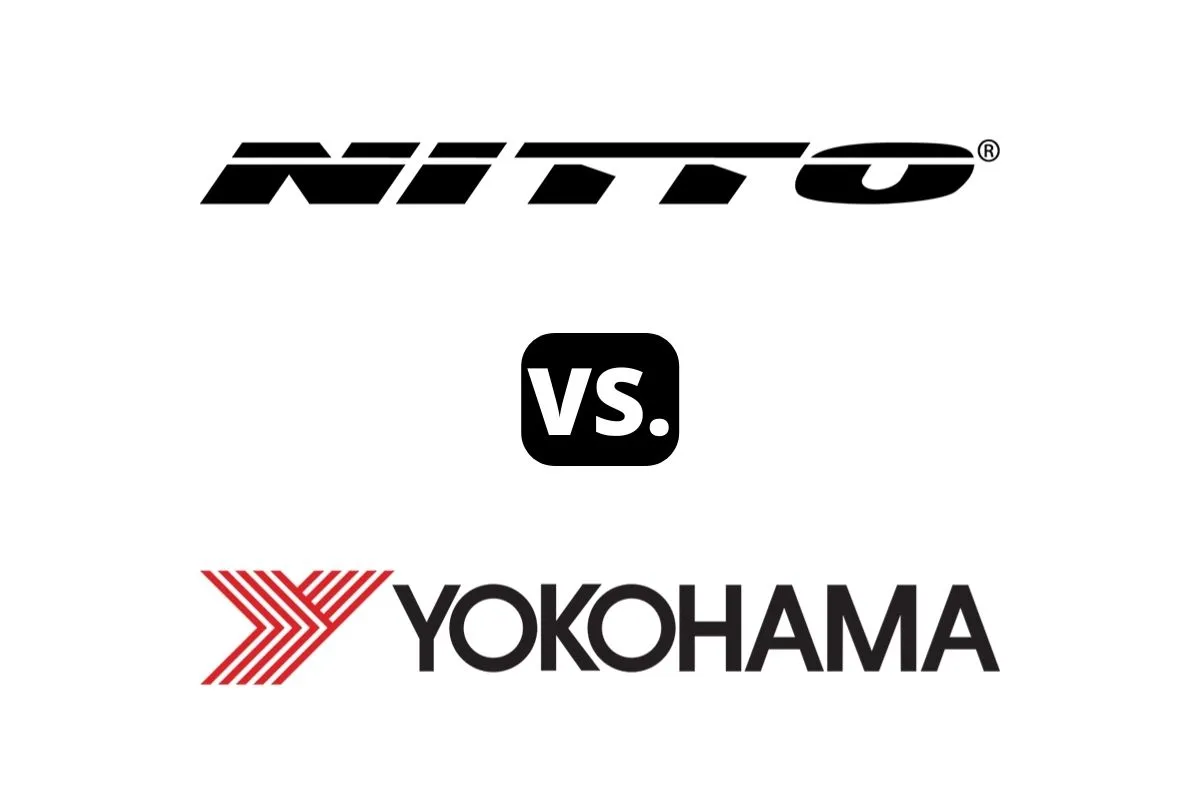
Nitto vs Yokohama – Comparison Table
| Nitto | Yokohama | |
| Country of Origin | Japan | Japan |
| Year Founded | 1949 | 1917 |
| Made In | Bartow County, GA, China, Japan, and Malaysia | Salem, VA, West Point, MS, or Tokyo, Japan |
| Parent | Toyo Tire Corporation (Japan) | Furukawa Group (Japan) |
About the Brands

1. Nitto
Nitto is a renowned tire brand with its roots in Japan.
Founded in 1949, it is now a subsidiary of the Toyo Tire Corporation since the acquisition in 1979.
Nitto has built a solid reputation for producing high-quality tires that deliver exceptional performance and reliability.
Over the years, the brand has gained recognition globally for its innovative tire technologies and cutting-edge designs.
Nitto offers a diverse range of tires, catering to various vehicles, including passenger cars, SUVs, and light trucks.
With a commitment to excellence, Nitto consistently emphasizes research and development to meet the ever-evolving demands of the automotive industry.
Today, Nitto tires are sought after by drivers who seek superior traction, handling, and durability.
With its Japanese heritage and affiliation with Toyo Tire Corporation, Nitto continues to be a trusted and respected name in the tire industry.
Mostly Known for Manufacturing Tires For:
- Passenger cars
- Light trucks
- Sports utility vehicles (SUVs)
- Crossovers
- High-performance cars
- Off-road vehicles
- Side by side vehicles
2. Yokohama
Yokohama is a renowned tire brand with a rich history that dates back to 1917.
Founded in Japan in a joint venture between Yokohama Cable Manufacturing and B.F. Goodrich, Yokohama tires have become synonymous with quality and performance.
The brand is now a subsidiary of the Furukawa Group.
Over the years, Yokohama has established itself as a global leader in the tire industry, offering a wide range of products for various vehicles, including cars, trucks, and SUVs.
With a focus on cutting-edge technology and tire engineering, Yokohama has consistently delivered high-performance tires that provide excellent traction, durability, and fuel efficiency.
The brand’s commitment to quality and innovation has earned it a loyal customer base worldwide, making Yokohama a trusted choice for drivers seeking reliable and high-performing tires.
Mostly Known for Manufacturing Tires For:
- Passenger cars
- Performance cars
- SUVs (Sport Utility Vehicles)
- Mini vans
- Crossovers
- Trucks
- Vans
- High-performance vehicles
- Commercial vehicles
- Tractors
- Bicycles
Differences
1. Dry Performance
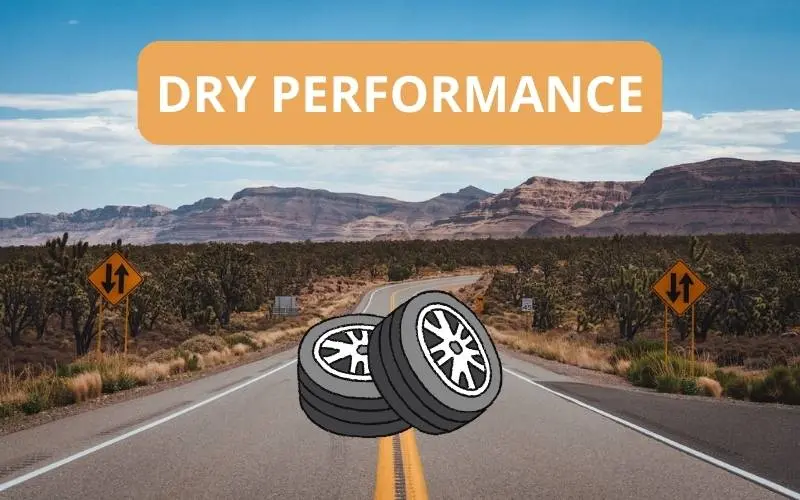
I’m going to compare the performance of two summer tires as they are the ideal type in dry weather.
I’m taking a look at the Nitto NT555 G2 vs the Yokohama Advan Sport V105.
As the one giving the dry performance rating from 1 to 5, I would rate the Nitto NT555 G2 at 4.5 and the Yokohama Advan Sport V105 at 4.8.
The Nitto NT555 G2 impresses with its cornering grip, responsive steering, and dependable handling in dry and hot conditions.
It offers excellent capabilities for spirited driving.
On the other hand, the Yokohama Advan Sport V105 provides superior handling, maximum grip, and a comfortable ride.
Both tires showcase remarkable dry performance, but the Yokohama Advan Sport V105 edges slightly ahead.
Thus, the Yokohama Advan Sport V105 emerges as the winner for dry performance.
2. Wet Performance
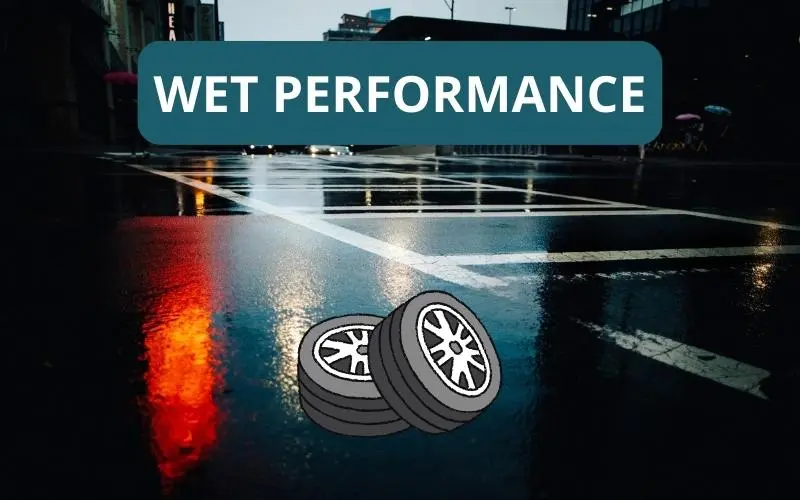
For the wet performance, I’ll be comparing the Nitto Motivo vs the Yokohama Avid Ascend GT.
In my evaluation, I rate the Nitto Motivo tire’s wet performance at 4.3 out of 5.
It provides good wet traction and handling, thanks to its all-season design and new silica rubber compound.
However, it might not be as competitive as newer options.
On the other hand, the Yokohama Avid Ascend GT tire achieves a wet performance rating of 4.6 out of 5.
It excels in wet conditions, offering excellent hydroplaning resistance and stable handling, supported by TriBLEND compound technology.
Based on these ratings, the Yokohama Avid Ascend GT emerges as the superior tire for wet performance.
3. Snow Performance
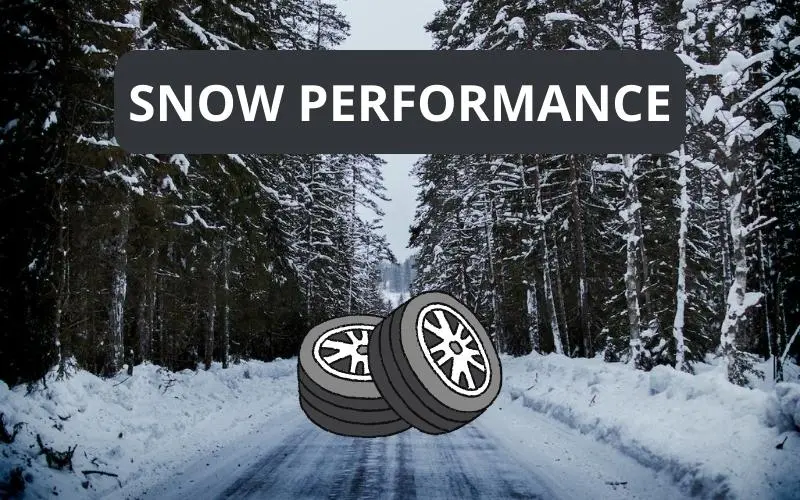
We all know that you need dedicated winter tires if you’re going to be driving on harsh winter conditions.
That’s why I’ll be comparing the snow performance of two specialized winter tires – Nitto SN2 Winter vs Yokohama iceGUARD iG52c.
In my assessment, as someone who rates snow performance on a scale of 1 to 5, the Nitto SN2 Winter tire receives a rating of 4.4.
Its silica-enhanced tread compound, symmetrical tread pattern, and lower freezing temperature technology contribute to its reliable snow performance.
On the other hand, the Yokohama iceGUARD iG52c tire receives a rating of 4.5, indicating its strong overall performance.
With features like the extra-wide center rib, large control blocks, slush grooves, deep treads, and optimal traction, this tire offers improved grip and control in snowy conditions.
Considering their similar levels of snow performance, I would declare it a tie between the two tires.
4. Mileage Warranty and Tread Life
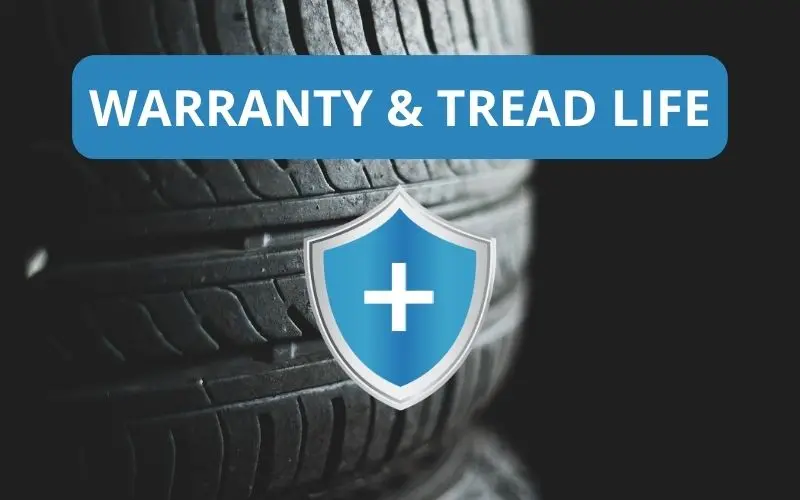
| Nitto | Yokohama | |
| Treadwear Warranty | up to 75,000 mile tread life warranty | up to 80,000 miles tread life warranty |
| Average Tread Life | On average, Nitto tires can last anywhere between 40,000 to 60,000 miles. | Yokohama tires can last anywhere between 50,000 to 85,000 miles. |
Based on my research, the mileage warranty and average lifespan of Nitto and Yokohama tires differ slightly.
Nitto offers a treadwear warranty of up to 75,000 miles, while Yokohama provides up to 80,000 miles.
However, the average lifespan of Nitto tires ranges from 40,000 to 60,000 miles, while Yokohama tires can last anywhere between 50,000 to 85,000 miles.
So, while Yokohama tires have a higher mileage warranty, both brands offer comparable durability in terms of average lifespan.
5. Prices
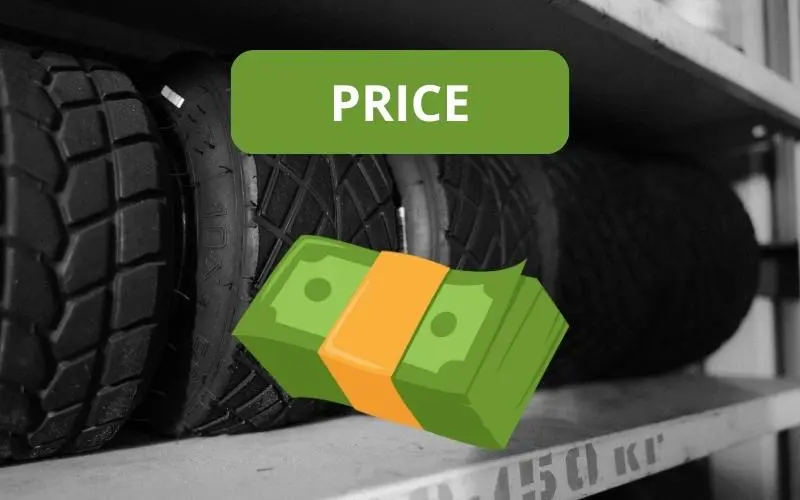
In this section, I’ll be taking a look at the price ranges of both tire brands – Nitto vs Yokohama.
I’ll be using one of the biggest tire and wheel retailers in the US for this comparison – Discount Tire.
Here is a comprehensive table that showcases each brand has to offer:
| Nitto | Yokohama | |
| Average Price Range (Discount Tire) | $97 to $1,447 /ea | $68 to $805 /ea |
| Cheapest Tire (Discount Tire) | Neo Gen goes from $97 – $352 /ea | Iceguard IG53 goes from $68 – $197 /ea |
| Most Expensive Tire (Discount Tire) | Trail Grappler M/T goes from $279 – $1,447 /ea | Advan Sport goes from $255 – $805 /ea |
6. Pros and Cons
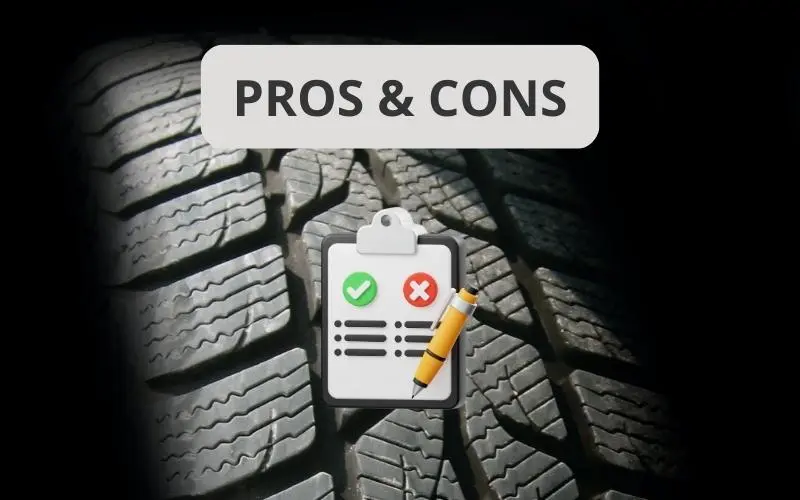
Nitto
| Pros | Cons |
| ✔ Wide range of tire options for different types of vehicles, including passenger cars, SUVs, and trucks | ❌ Some of their tires can get very expensive |
| ✔ Generally considered to be of good quality, offering durability and reliability | |
| ✔ Solid performance tires |
Yokohama
| Pros | Cons |
| ✔ Reasonable pricing, offering good value for their cost | ❌ None |
| ✔ Excellent traction, particularly in dry conditions | |
| ✔ Stable and safe handling |
7. Popular Tires

Here are some notable tires from Nitto:
- NT555 G2
- Terra Grappler G2
- Motivo
Some of Yokohama’s best tires are shown below:
- Advan Apex V601
- Avid Ascend GT
- Geolandar A/T G015
Which Is the Better Brand Overall?

After considering the dry performance, the Yokohama Advan Sport V105 emerged as the winner.
In terms of wet performance, the Yokohama Avid Ascend GT was the superior choice.
For snow performance, both the Nitto SN2 Winter and Yokohama iceGUARD iG52c performed similarly.
In terms of mileage warranty and average lifespan, Nitto and Yokohama were comparable.
Nitto offers a wider range of tire options, but they can be more expensive.
Overall, based on the given information, Yokohama appears to be the better pick overall.